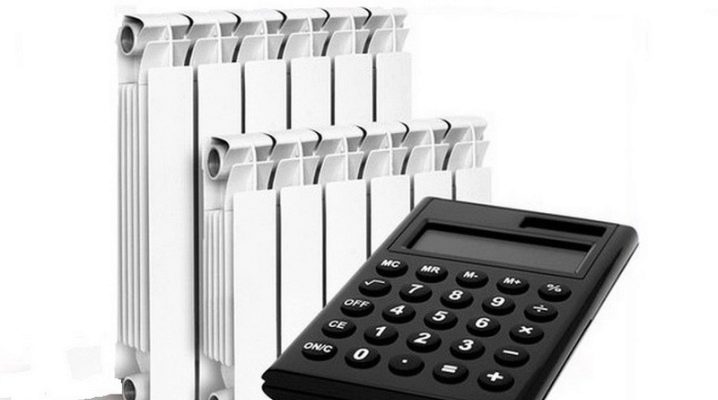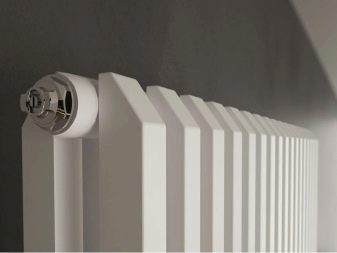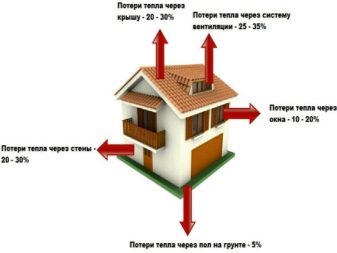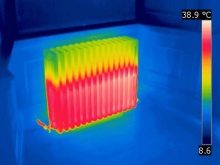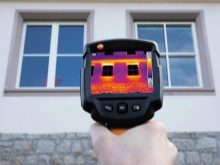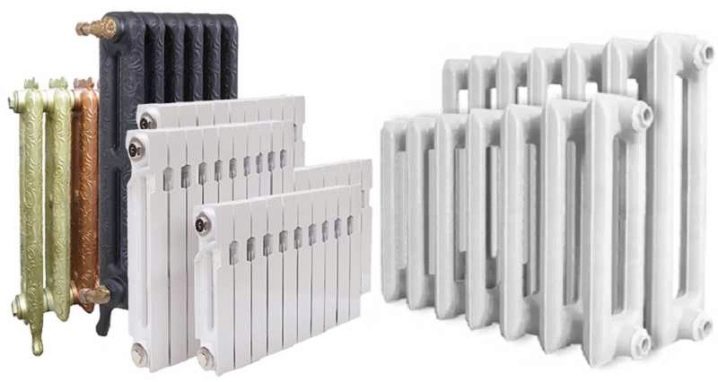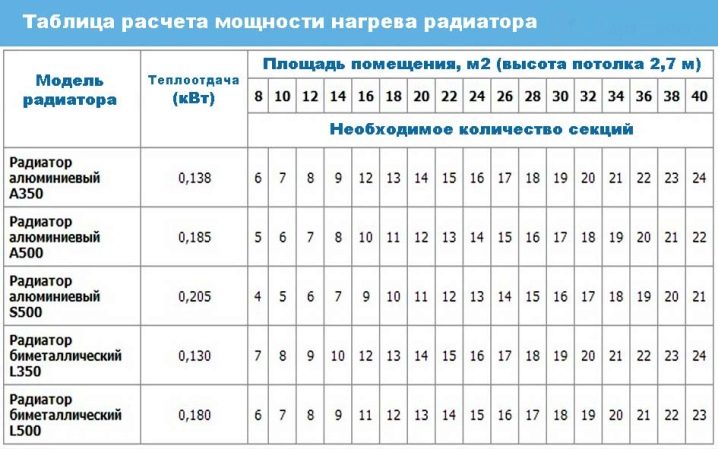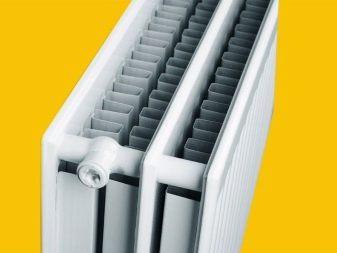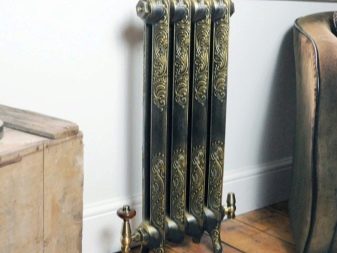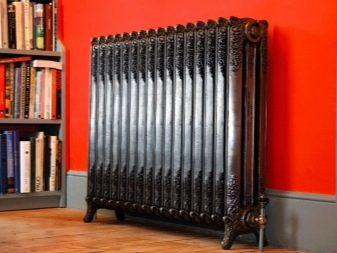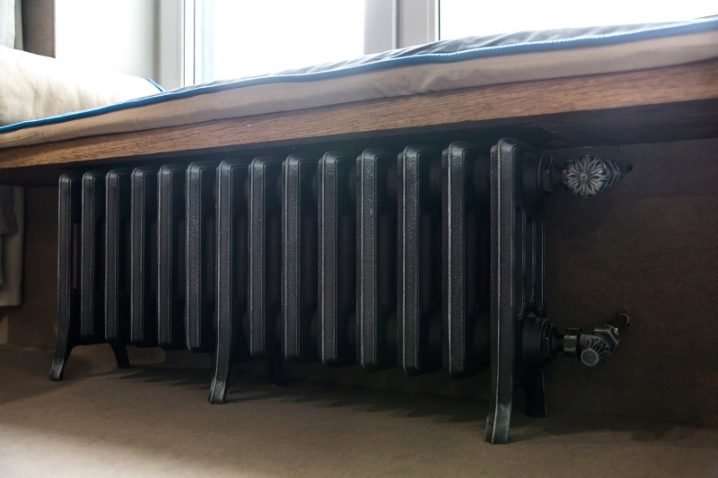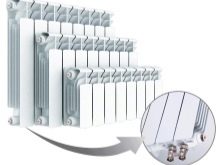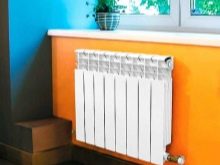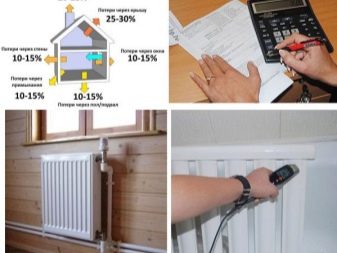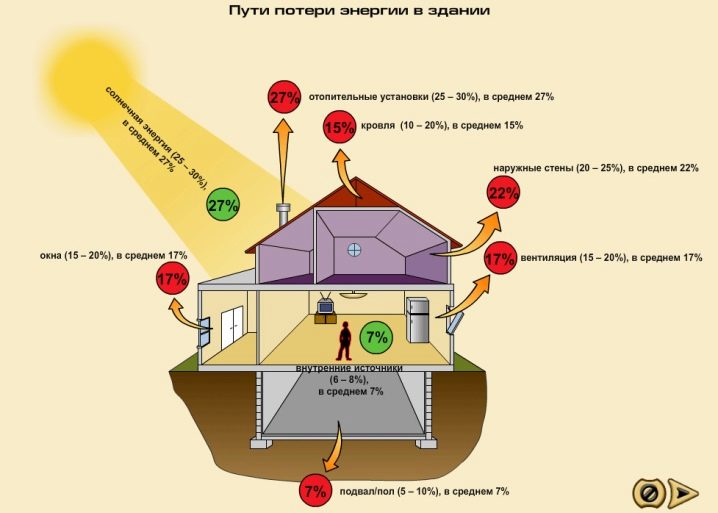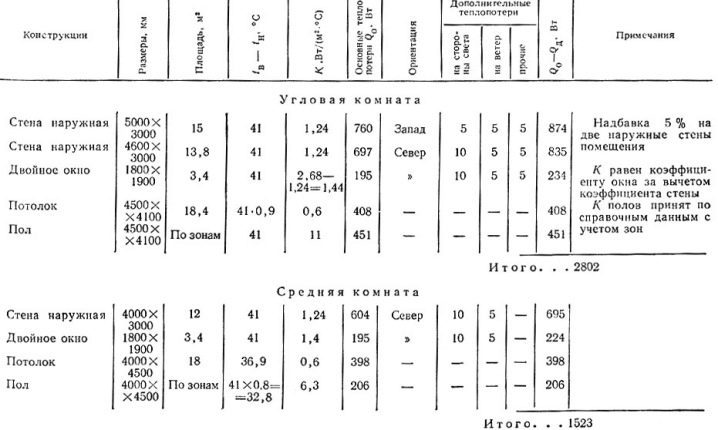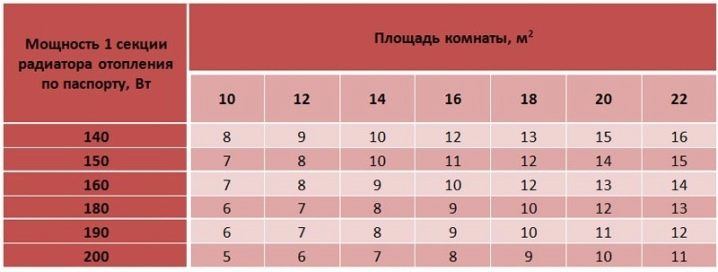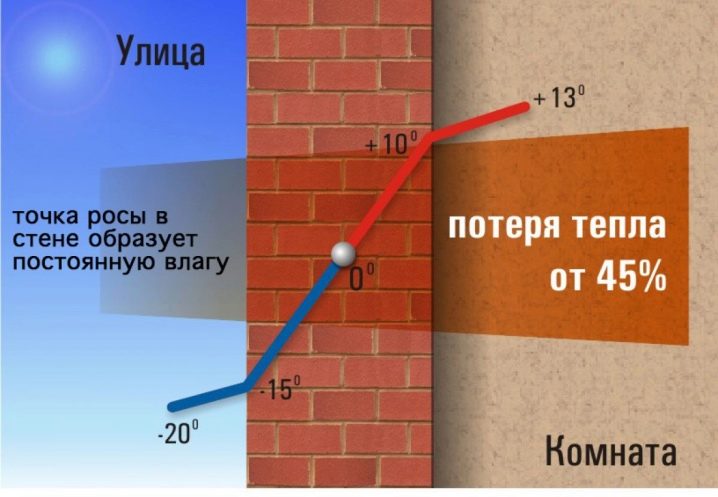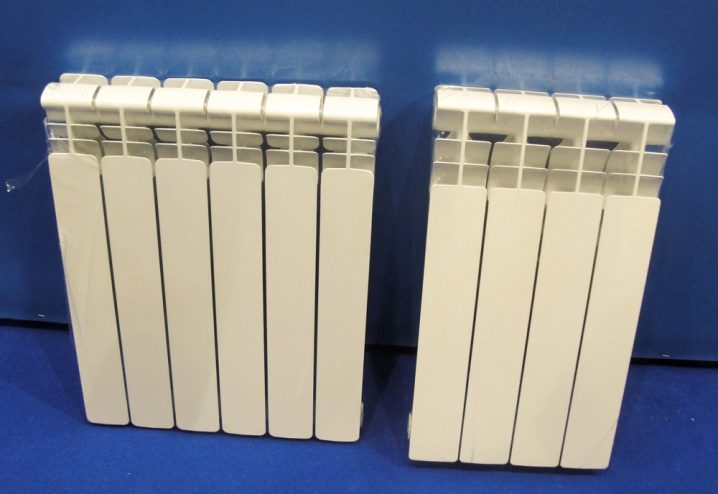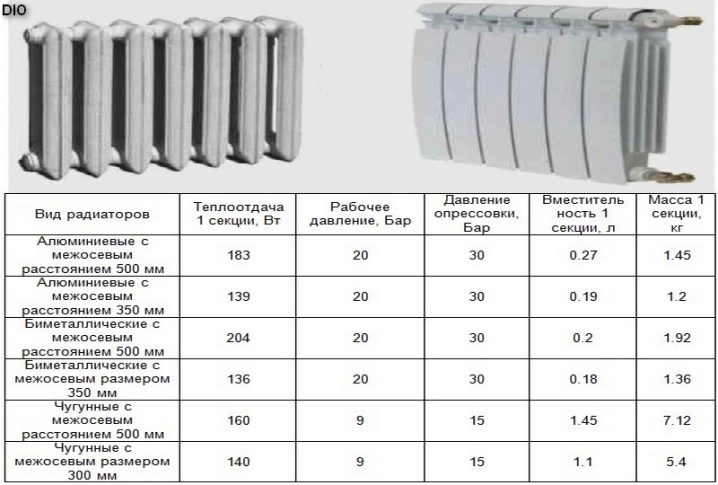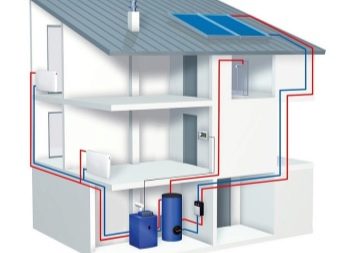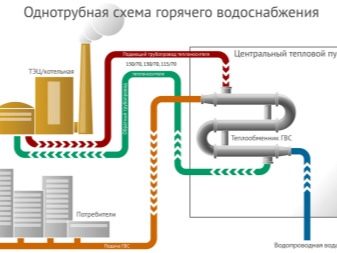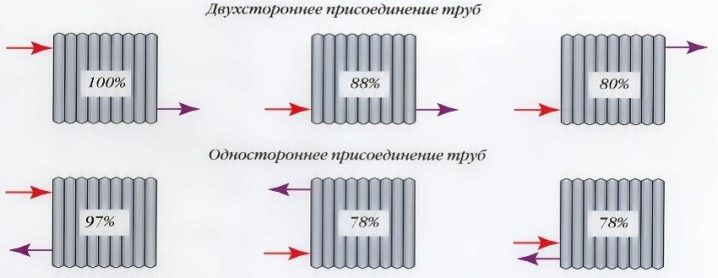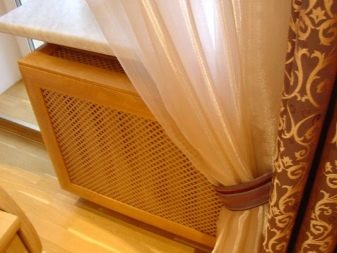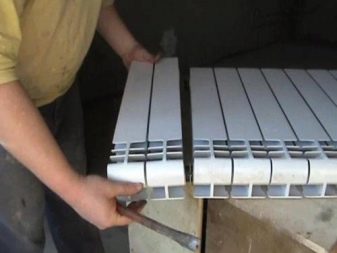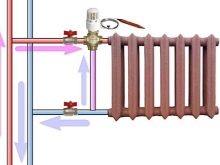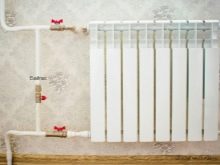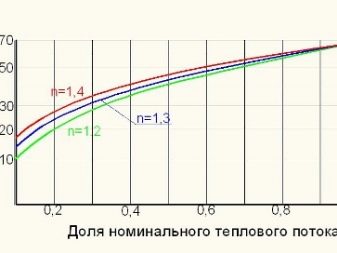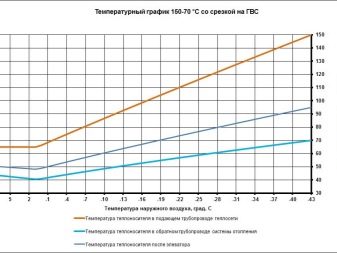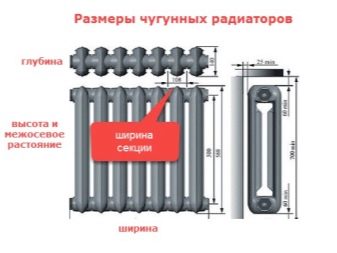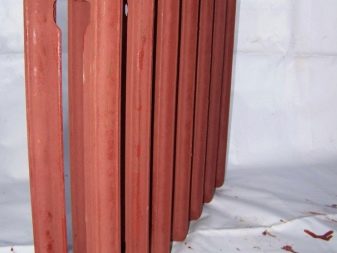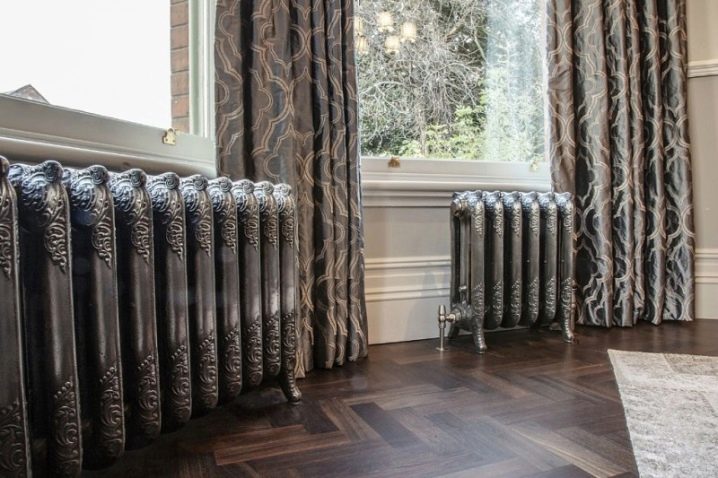Rules for calculating radiators
The comfort of living in a house or apartment is closely connected with the optimally balanced heating system. The creation of such a system is the most important issue that cannot be resolved without knowledge of modern proven schemes for connecting radiators. Before proceeding to the solution of the problem with the connection of heating, it is important to consider the rules for calculating radiators.
Special features
The calculation of heating radiators is made in accordance with the heat loss of a specific room, and also depending on the area of this room. It would seem that there is nothing difficult in creating a proven heating scheme with pipe contours and the carrier circulating through them, but the correct thermal engineering calculations are based on the requirements of the SNiP.Such calculations are performed by specialists, and the procedure itself is considered extremely complex. However, with a valid simplification, you can perform the procedures yourself. In addition to the area of the heated room, some nuances are taken into account in the calculations.
No wonder for the calculation of radiators experts use various techniques. Their main feature is the consideration of the maximum heat loss of the room. Then, the required number of heating devices that compensate for these losses is calculated.
It is clear that the simpler the method used is, the more accurate the final results will be. In addition, for non-standard premises, experts apply special factors.
Under non-standard conditions of a particular room, an exit to the balcony, large windows, room layout, for example, is taken, for example, if it is angular. Professional calculations include a number of formulas that make it difficult to appeal to a non-professional in this area.
Specialists in their projects often use special devices. For example, a thermal imager will cope with accurate determination of actual heat losses.Based on the data obtained by the device, the number of radiators is calculated, which compensate the losses with accuracy.
This method of calculation will show the coldest points of the apartment, the places where the heat will leave the most active. Such points often arise because of construction defects, for example, admitted by workers, or due to poor-quality building materials.
The results of the calculations are closely related to existing types of radiators. To obtain the best result in the calculations, it is necessary to know the parameters of the devices planned for use.
The modern range includes such types of radiators:
- steel;
- cast iron;
- aluminum;
- bimetallic.
To carry out the calculations, such device parameters as the power and shape of the radiator and the material of manufacture are needed. The simplest scheme involves placing radiators under each window in the room. Therefore, the calculated number of radiators is usually equal to the number of window openings.
However, before purchasing the necessary equipment, you need to determine its capacity. This parameter is often associated with the size of the device, as well as with the material of manufacture of batteries.With these data in the calculations need to understand more.
What does it depend on?
The accuracy of the calculations also depends on how they are made: for the whole apartment or for one room. Experts advise to choose the calculation for one room. Let the work take a little more time, but the data will be the most accurate. At the same time, purchasing equipment, you need to take into account about 20 percent of the stock. This stock is useful if interruptions occur in the operation of the central heating system or if the walls are panel. Also, this measure will save in case of insufficiently efficient heating boiler used in a private house.
The relationship of the heating system with the type of radiator used should be considered first. For example, steel devices are very elegant forms, but models are not particularly popular among buyers. It is believed that the main drawback of such devices - in poor-quality heat transfer. The main advantage - in an inexpensive price, as well as low weight, which simplifies the work associated with the installation of the device.
Steel radiators usually have thin walls that quickly heat up, but just as quickly and cool.When hydraulic shocks welded joints of steel sheets give a leak. Inexpensive options without special coating corrode. Warranty obligations of manufacturers usually have a short period. Therefore, despite the relative cheapness, will have to spend a lot.
Steel radiators are a one-piece non-sectional design. When choosing this option, you should immediately pay attention to the passport capacity of products. This parameter should correspond to the peculiarities of the room where the installation of the equipment is planned. Steel radiators with the ability to change the number of sections are usually made to order.
Cast iron radiators are familiar to many because of the ribbed appearance. Such “accordions” were installed both in apartments and in public buildings everywhere. Cast iron batteries are no different, but they serve for a long time and with high quality. In some private houses they are now. A positive characteristic of this type of radiator is not only quality, but also the ability to supplement the number of sections.
Modern cast iron batteries slightly altered the appearance.They are more elegant, smooth, and produce exclusive options with a pattern of cast iron.
Modern models have the properties of previous versions:
- retain heat for a long time;
- not afraid of water hammer and temperature extremes;
- do not corrode;
- suitable for all types of heat carriers.
In addition to the unsightly appearance, cast iron batteries have another major drawback - fragility. Cast iron batteries are almost impossible to install alone, as they are very massive. Not all wall partitions can withstand the weight of a cast iron battery.
Aluminum radiators have hit the market recently. The popularity of this type contributes to the low price. Aluminum batteries are characterized by excellent heat dissipation. At the same time, these radiators have a small weight, usually do not require a large amount of coolant.
On sale you can find options for aluminum batteries as sections, and solid elements. This makes it possible to calculate the exact number of products in accordance with the desired power.
Like any other product, aluminum batteries have disadvantages, for example, susceptibility to corrosion. At the same time there is a risk of gas formation.The quality of the coolant for aluminum batteries should be very high. If aluminum radiators are sectional, they often leak at the joints. At the same time, it is simply impossible to repair the battery. The highest quality aluminum batteries are made by the method of anodic oxidation of metal. However, these structures have no external differences.
Bimetallic radiators have a special design, because of which they have increased heat dissipation, and reliability is comparable to the cast-iron options. A bimetallic radiator battery consists of sections connected by a vertical channel. The outer aluminum shell of the battery provides high heat transfer. Such batteries are not afraid of hydraulic shocks, and any coolant can circulate inside them. The only disadvantage of bimetallic batteries is the high price.
From the presented variety of products it can be concluded that the calculation of the power of the heating system is performed not only on the area of the room, but also on the characteristics of the radiators. We will understand the topic of calculations in more detail.
How to calculate?
The technical parameters of radiators of batteries made from different materials are different. Experts advise to install cast iron radiators in a private house. In the apartment it is better to put bimetallic or aluminum batteries. The selection of the number of batteries is based on the squares of the floor space. Calculation of the size of sections is made from possible heat losses.
Accounting for heat losses is more convenient to make on the example of a private house. Heat will be lost through the window, doorways, floors and walls, ventilation systems. For each loss there is a classic coefficient. It is in professional formulas denoted by the letter Q.
The calculations include components such as:
- the area of the window, door or other structures - S;
- temperature difference inside and outside - DT;
- wall thickness –V;
- thermal conductivity of walls –Y.
The formula is as follows: Q = S * DT / R layer, R = v / Y.
All calculated Q are summed up, and 10-40 percent of losses are added to them, which may be present due to the presence of ventilation shafts. The number should be divided by the total area of the house and summarized with the estimated capacity of radiator batteries.
It is also worth considering the heat loss at the upper floors with cold attics.
To simplify calculations, experts use a professional table that includes the following columns:
- The name of a room;
- volume in cubic meters m;
- area in square meters. m;
- heat loss in kW.
For example, a room with an area of 20 m2 will correspond to a volume of 7.8. Room heat loss is 0.65. In the calculations it is worth considering that the orientation of the walls will also be important. Additives for north, northeast, northwest oriented verticals will be 10 percent. For the walls oriented to the south-east and west - 5 percent. There is no additional factor for the south side. If the room is more than 4 meters high, the additional factor is 2 percent. If the room in question is angular, then the additive will be 5 percent.
In addition to heat loss, other factors need to be taken into account. You can select the number of batteries for the room by quadrature. For example, it is known that heating 1 m2 requires at least 100 watts. That is, for rooms of 10 m2 you need a radiator with a power of at least 1 kW. These are about 8 sections of a standard cast iron battery. The calculation is also relevant for rooms with standard ceilings up to three meters high.
If you need to make a more accurate calculation per square meter, then it is worth considering all heat losses. The formula assumes multiplication of 100 (watts / m2) by the corresponding square meters and by all the coefficients of Q.
The value found by volume gives the same figures as the formula for calculating the area, the indicators of SNiP heat loss in the room of a panel house with wooden frames 41 W per meter3. A smaller figure is needed if modern plastic windows are installed - 34 W per m3.
Heat consumption will be even lower if the walls are wide. The type of wall material is also taken into account in the calculations: brick, foam concrete, as well as the presence of insulation.
To calculate the number of battery sections and estimated power, the following formulas exist:
- N = S * 100 | P (without heat losses taken into account);
- N = V * 41Bt * 1,2 | P 9 (with recorded heat loss), where:
- N is the number of sections;
- P is the unit unit power;
- S- area;
- V is the volume of the room;
- 1.2 is the standard coefficient.
Heat transfer sections of specific types of radiators can be found on the edge of products. Manufacturers usually specify standard indicators.
The mean values are as follows:
- aluminum - 170–200 W;
- bimetal - 150 W;
- cast iron - 120 watts.
To simplify the task, you can use a special calculator. In order to use the software, you will need all the original data. The finished result on hand will be faster than with manual calculations.
To simplify the calculations, you can make adjustments and fractional numbers to round up. It is better to have a reserve of power, and the temperature level will help to adjust the thermostat.
If there are several windows in the room, you need to divide the calculated number of sections to install them under each window. Thus, for the cold air penetrating through the double-glazed windows, an optimal thermal curtain will be created.
If several walls of one room are outdoor, the number of sections should be added. The same rule applies to a ceiling height of more than three meters.
In addition, it does not hurt to take into account the features of the heating system. For example, an individual or autonomous system is usually more effective than a centralized system that is present in apartment buildings.
Heat transfer radiators will vary depending on the type of connection. The optimal connection is a diagonal one, with media feeding from above. In this case, non-thermal radiator power will not decrease. With lateral connection, the greatest heat losses are usually observed. All other types of connections have average efficiency.
The actual capacity of the device will decrease in the presence of obstructive things. For example, with a overhanging sill on top of the radiator, the heat output will drop by 7-8 percent. If the window sill does not cover the entire radiator, then the loss will be about 3-5 percent. When installing the screen on the radiator, heat losses will also be observed - approximately 7-8 percent. If the screen is placed on the entire heater, the heat output of the radiator will decrease by 25 percent.
Also it is necessary to take into account the temperature of the carrier, plying through the pipes. No matter how effective the radiators are, they will not heat the room with the cooled coolant.
Tips
The accuracy of the calculations will allow you to collect the most comfortable system for your home. With the right approach, you can make any room warm enough. A competent approach entails financial advantages. You will definitely save without overpaying for extra equipment. You can save even more with proper installation of equipment.
Particularly difficult is the one-pipe heating system. Here the carrier gets more and more cold to each subsequent heater.To calculate the power of a one-pipe system for each radiator separately, it is necessary to recalculate the temperature.
Instead of doing complex and long calculations, you can determine the power as for a two-pipe system, and then proportionally, depending on the distance of radiators, add sections. This approach will help to increase the heat transfer of batteries in all areas of the house or apartment.
So that the last battery in the branch does not turn out huge, in practice the problem is solved by setting the temperature through the bypass. This will help to adjust the heat transfer, which ultimately compensates for the temperature of the coolant.
If the task is to calculate the number of sections of radiators, then it is easy and quick to do it. Much more attention and time will be spent on adjustments related to the characteristics of the room, the choice of the method of connection and the location of devices.
For example, experts in the calculations make adjustments depending on the average temperature indicators.
Standard coefficients are as follows:
- -10 degrees - 0.7;
- -15 degrees - 0.9;
- -20 degrees - 1.1;
- -25 degrees - 1.3;
- -30 degrees - 1.5.
The power of thermal radiation will also be affected by the mode of the heating system. When choosing a radiator by passport indicators, it should be understood that manufacturers usually indicate the maximum power. The high-temperature mode of the heating system assumes that it runs the carrier heated to 90 degrees. In this mode, in a room with exactly calculated the number of radiators will be about 20 degrees Celsius.
However, in this mode, heating systems rarely work. Modes of modern systems are usually medium or low. To make adjustments you need to determine the temperature of the system. It takes into account the difference between room temperature and heating devices.
How many cast-iron radiators need for heating in high-temperature and low-temperature modes, we calculate by example: the size of the standard section is 50 cm, the room is 16 square meters. m
One section of cast iron operating in high temperature mode (90/70/20) will heat 1.5 m2. To provide heat, 16 / 1.5 - 10.6 sections will be required, that is 11 pieces. In a system with low-temperature mode (55/45/20), twice as many sections will be needed - 22.
The calculation will be as follows:
(55 + 45) / 2-20 = 30 degrees;
(90 + 70) / 2-20 = 60 degrees.
The battery of 22 sections is very large, so the cast-iron version just will not work. This is one of the reasons why cast iron radiators are not recommended for use in low-temperature systems.
Having spent a little more time on calculations, you can determine the exact number of devices that will contribute to a more comfortable temperature in winter.
To learn how to calculate heating radiators, see below.
